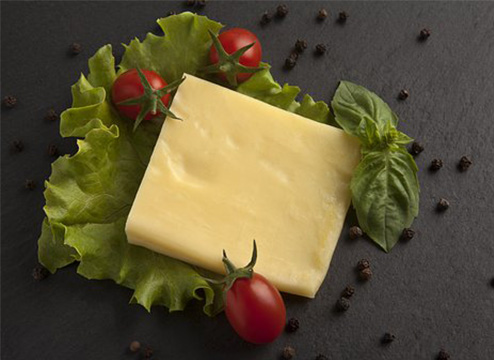Lipase
Lipase is an enzyme that catalyzes the hydrolysis of long-chain triglycerides. Natural lipase is normally present in the stomach and pancreas of humans and other animal species in order to digest fats and lipids.
As one of the most important enzymes, application of lipase enzyme is more commmon. Lipase can catalyze reactions such as lipolysis, ester exchange and synthesis. It is widely used in industries such as oil and fat processing, food, medicine, and daily chemicals. Different types of lipase enzymes from different sources have different catalytic characteristics and activity.
You can find applications of lipase enzyme in various industries, including food, biofuel, detergents, and animal feed.
Key Benefits of Lipase in Food Industry
Improve the texture and softness of cheese
Act as flavor development agent in butter and margarine
Prolong the shelf life of baking products
Modify aroma of alcoholic beverages
Improve the quality of cocoa butter
Lipase In Your Daily Life
-
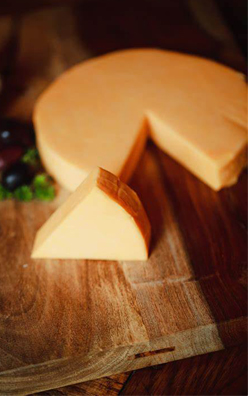
Cheese
-
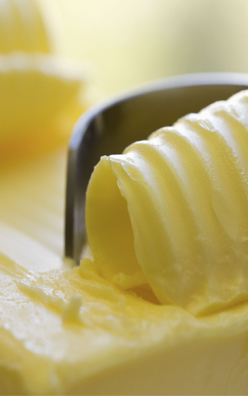
Butter and Margarine
-
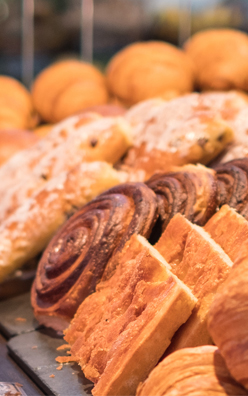
Bakery Products
-
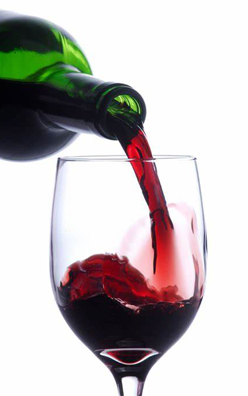
Alcoholic Beverages
How Does Lipase Work in Digestion
In many cases, people have misunderstandings about what fats should be eaten and their effects on the body. Like many other enzymes, lipase is naturally produced by the body in the pancreas. When you eat fat-containing foods, which cannot be absorbed by the body in its original form. Lipase has an important function of breaking down fat into fatty acids and glycerol, and they can be carried in water-based liquids such as blood and lymph. These ingredients are used throughout the human body to provide energy.
Some lipases also have more specific effects. For example, when food reaches the stomach, stomach cells produce a type of lipase called gastric lipase, which specifically targets butter. However, in order to break down fat into energy required by the human body, lipase does not work alone. Once fat reaches the small intestine, the gallbladder releases bile to help break down fat molecules into smaller molecules that lipase can act on. Eating fat actually stimulates the release of bile, so those who have too little fat in their diet may actually have gallbladder problems due to bile stagnation. For those who have had their gallbladder removed, it is particularly important to obtain an appropriate level of lipase to ensure effective digestion of fat.
What Foods Contain Lipase Enzyme
Digestive enzymes are necessary for the digestive process because they break down molecules such as fat, protein, and carbohydrates into smaller molecules that are easier to absorb. Lipase can break down fat into three fatty acids and one glycerol molecule. Eating foods high in natural digestive enzymes can help improve digestibility. There are 12 kinds of foods that contain natural digestive enzymes: papaya, pineapple, mango, honey, avocado, banana, kefir, sauerkraut, kimchi, miso, kiwi and ginger.


